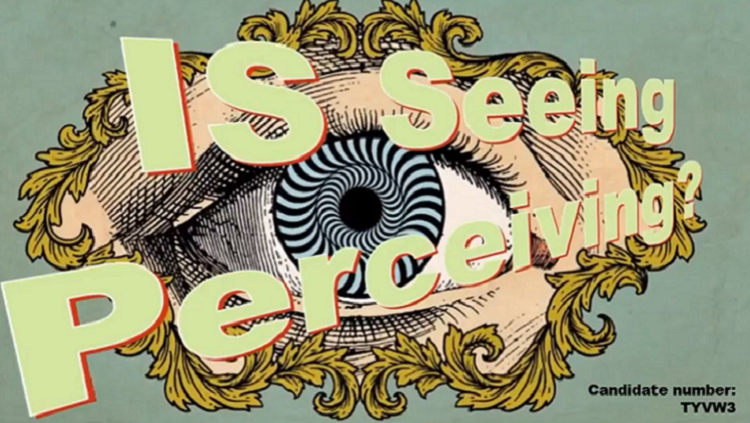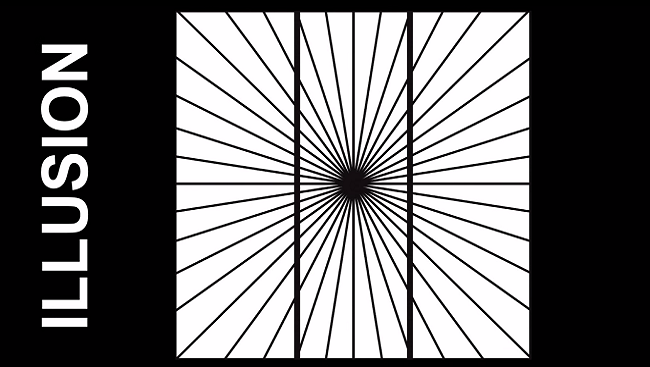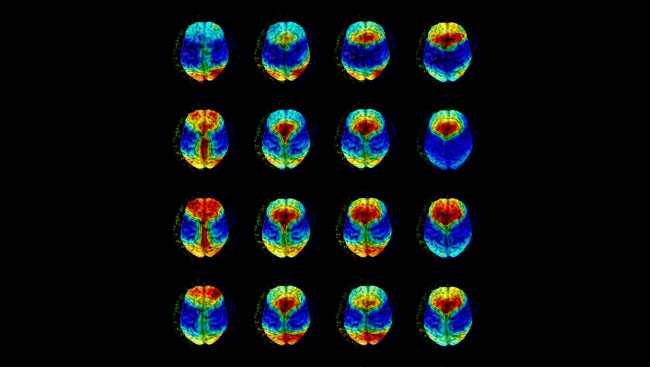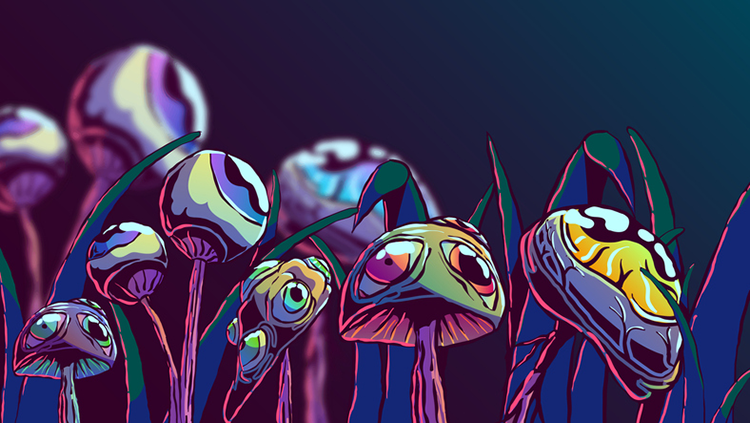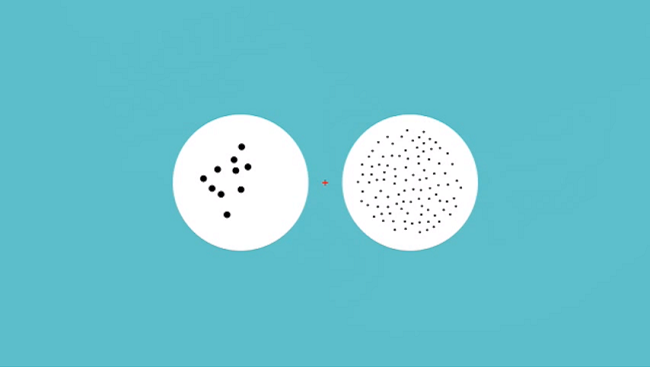Filter
-
(19)
-
(3)
-
(6)
-
(5)
-
(20)
-
(8)
-
(1)
-
(15)
-
(14)
-
(4)
-
(6)
-
(3)
-
(1)
-
(3)
-
(5)
-
(8)
-
(4)
-
(49)
11 - 20 of 57 results
-
This video explains the science behind visual illusions.
-
Mark Changizi explains how the brain reckons with optical illusions in this TED talk.
-
Why can’t our extremely complex eyes render simple optical illusions? Surprise, surprise — it comes back to the brain, which has only evolved to encounter natural stimuli.
-
Optical imaging relies on shining weak lasers through the skull to visualize brain activity. These techniques are inexpensive and relatively portable. They are also silent and safe: Because only extremely weak lasers are used, these methods can be used to study everyone, even infants.
-
Some neuroscientists think psychedelic drugs and the hallucinations they induce could help reveal how the brain generates our perceptions of the world around us — and of ourselves.
-
People with Parkinson’s disease, or those under extreme physical or emotional distress, can sometimes hallucinate nonexistent presences.
-
An interactive website about the eye. Learn about the parts of the eye and eye safety, and try out some optical illusions.
-
This simple illusion tells us a lot about how we process vision.
-
When a surprising experience contradicts our expectations, our brains can quickly adapt to the new circumstances and make decisions accordingly thanks to the anterior cingulate cortex.
-
Your eyes can play tricks on you, and visual illusions take advantage of these glitches in our perception.


